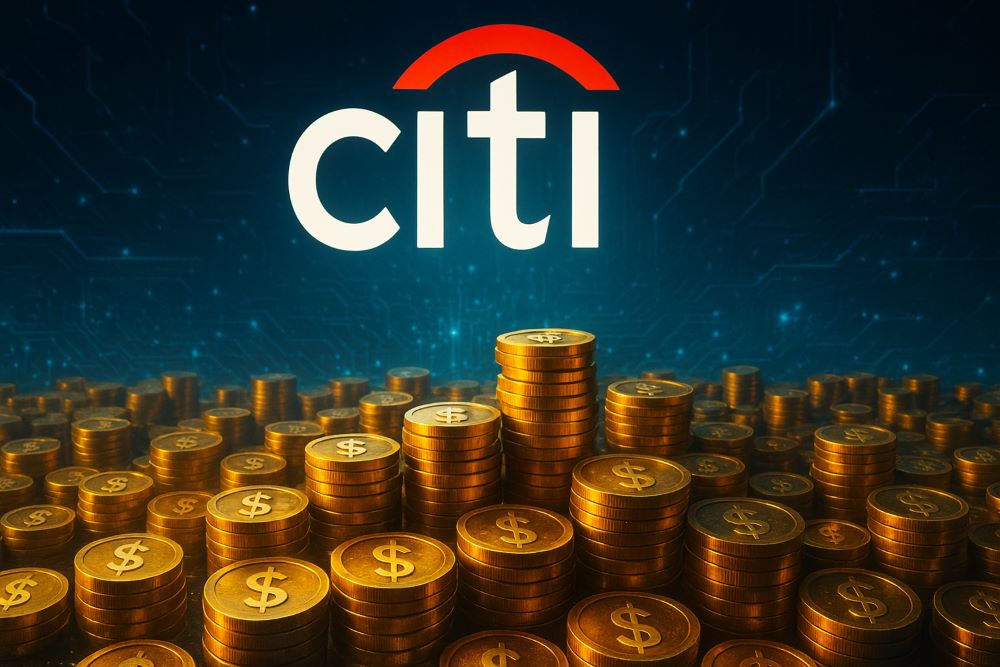Citigroup has revised its projections for the stablecoin market.
According to the Citi insights, they now estimates that stablecoin issuance could reach $1.9 trillion by 2030, up from its previous estimate of around $1.6 trillion.
In fact, in the most optimistic scenario, the value is expected to skyrocket to $4 trillion. This prediction comes as stablecoins are increasingly poised to play a major role in the global financial system.
Citi emphasized that if their turnover rates were similar to fiat currencies, annual transaction volume could reach $100 trillion in the base case scenario and could double that figure in the optimistic scenario.
This figure may sound large, but it remains small compared to traditional banking, which records $5–$10 trillion in transactions daily.
Stablecoin growth driven by deposits shift and digital adoption
The report also explains the sources of expected growth. The largest portion will come from the likely shift of a small portion of bank deposits to stablecoins.
Citi estimates that around 2.5% of total bank deposits in the US could move into these digital assets by 2030. Consistent crypto market growth and the annual increase in stablecoin issuance of around 20% are also driving factors. Not to mention the potential for cash substitution in digital forms.
However, stablecoins are not the only players in the future. Citi sees banking tokens or tokenized deposits as potentially taking a larger share, primarily because they are considered more suited to institutional needs.
This is due to clearer regulatory compliance, real-time settlement processes, and integration with existing financial systems. Not surprisingly, in its report, the bank called the development of stablecoins a “ChatGPT moment” for blockchain adoption among institutions, a point where adoption could accelerate.
Furthermore, global developments also support this trend. Recently, nine major European banks, including ING and UniCredit, agreed to form a consortium to launch a euro-based stablecoin.
The launch is targeted for the second half of 2026. This move is clearly intended to reduce the dominance of dollar-based stablecoins and provide a new alternative in the region.
Furthermore, the United States has gone further by passing legislation providing legal certainty for stablecoins.
This regulation requires fully liquid reserve assets, such as dollars or short-term government bonds. This regulation is considered to open the door wider for large institutions that have been hesitant to enter due to concerns about transparency and security.
While the growth potential appears promising, the institutional maturity level of stablecoins is currently relatively low. Challenges such as reserve transparency, value stability, liquidity risk, and cross-jurisdictional compliance still loom large.
On the other hand, stablecoins have a strong position for cross-border payments. Many developing countries still face high fees and lengthy processes for international transfers, so stablecoins are considered to offer a faster and cheaper solution.

